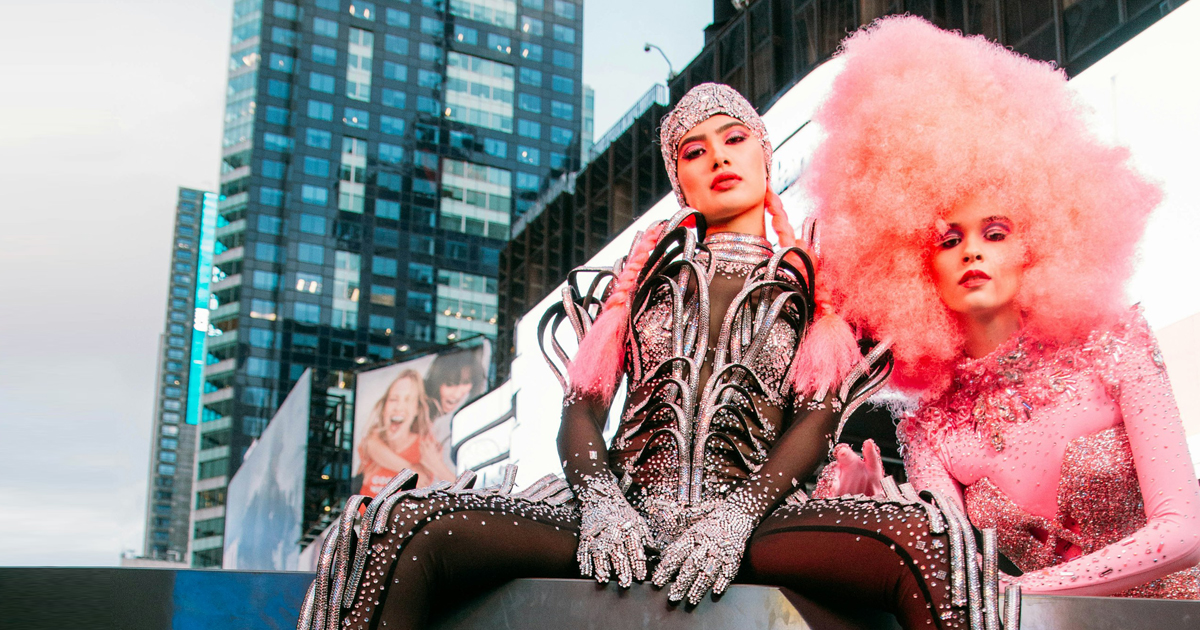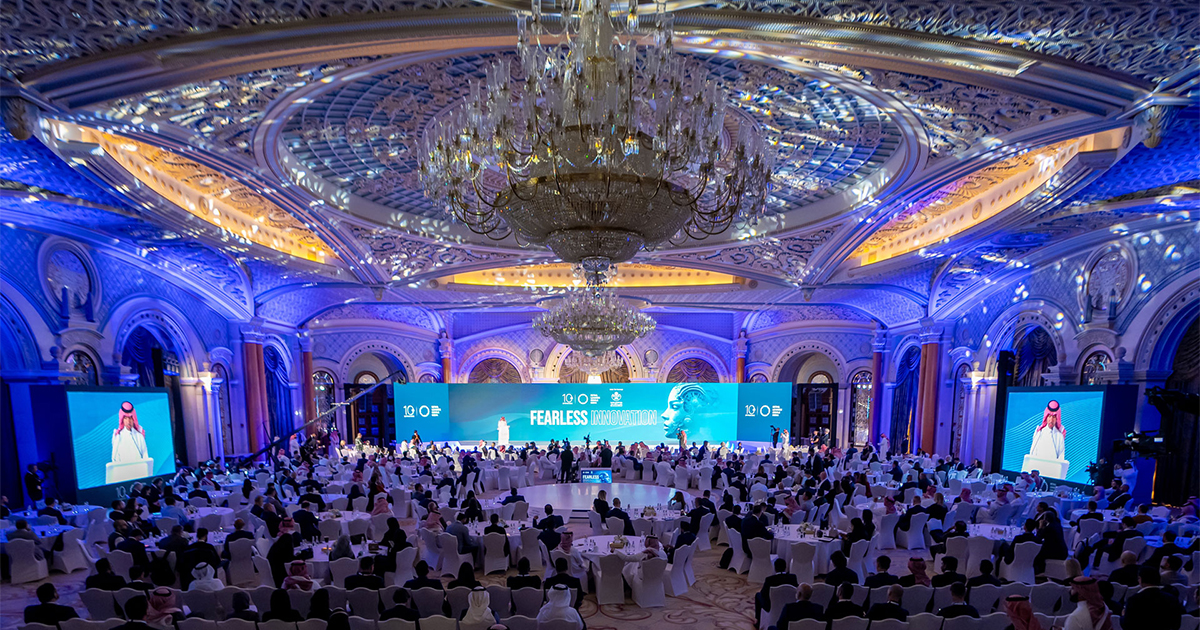New York City’s position as a global fashion capital is under threat, with the industry experiencing sharp declines in revenues, employment, and its international reach. Despite having the country’s highest concentration of fashion sales, talent, and education institutions like the Fashion Institute of Technology, the city’s fashion ecosystem is at a crossroads. While the sector contributed over $50 billion in direct sales and supported more than 130,000 jobs in 2022, the impact of e-commerce, high operating costs, and a decentralization of influence have challenged New York’s dominance. Bold action is necessary to maintain its prominence in the industry.
Several key trends are transforming the industry. E-commerce has increased competition for brick-and-mortar stores, while social media has decentralized fashion influence, reducing New York’s role as the epicenter of tastemakers. Consolidation within the fashion industry, led by European conglomerates like LVMH and Kering, has further diminished the presence of independent brands in the city. Additionally, the high cost of living and doing business in New York, coupled with a shrinking talent pipeline and fewer retail venues, has made it difficult for emerging designers to gain traction. Without intervention, the city risks losing its status as a nurturing ground for fashion talent.
New York’s fashion sector also faces structural issues that must be addressed to support its long-term growth. Recommendations include fostering emerging brands through accelerators, offering mentorship, access to capital, and retail space to commercialize talent. Initiatives to revitalize the workforce, such as improving education and training for diverse fashion roles beyond design, are essential. Additionally, events like New York Fashion Week should evolve into broader catalysts for the industry, with cross-industry collaborations and concentrated gatherings that engage a global audience and enhance networking opportunities for designers, buyers, and industry leaders.
Success in revitalizing New York’s fashion ecosystem will depend on collaboration among industry stakeholders, from government to real estate, schools, and investors. This will require champions who can convene these diverse players, build self-sustaining mechanisms, and offer fit-for-purpose solutions to bridge industry gaps. By adopting a coordinated approach that embraces New York’s unique culture, diversity, and intersection with adjacent industries like technology and finance, the city can not only maintain but also expand its leadership as a global fashion hub.
To read the full McKinsey article click here.





